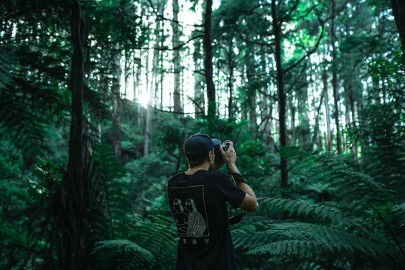Photography is a rewarding hobby that provides many people with a thriving career. Still, photography is an intense skill to pick up, and the only way to keep improving in this art is to practice often. As a result, it took some people months and others years to perfect this art. Therefore, there is no need to be scared, as you might be lucky to perfect yours earlier than others.
Photography is fun, pays the bills, and will make your experience multifaceted. Here are a few digital photography tips for every newbie.
- Exposure Triad
The source of magic in photography is the capturing of light, not the camera body. When shooting, the camera opens its shutter and begins to let light in through the lens, then the light hits the camera sensor, which processes as an image. Three factors affect how the light is captured and what the final image will look like. The factors include aperture, shutter speed, and ISO.
- Aperture
Aperture is the opening of your lens and controls how much light gets through the camera sensor. A narrow gap allows lesser light, while a wider aperture allows more light. A wide aperture is used to shoot isolated subjects, and a narrow aperture is used when you want the whole scene and surroundings to be in focus.
How to Hold Your Camera Properly
Most newbie photographers do not hold their cameras the right way. This makes the camera shaky and produces blurry images. Although tripods prevent the camera from shaking when shooting in low-light scenes, you can’t use them for other situations, which is why you need to develop a proper technique when holding your camera.
You should hold the camera using both your hands and grab the right side of the device using your right hand. Then, the next thing will be to place your left hand below the lens to support the camera’s weight. Leaning up against a wall or other sturdy object will help with stability.
- Keep Shooting
Your first set of pictures might be a disaster, and you might take hundreds of pictures before you get one you like. Remember, most bad shots are a step to an even better photo, which is why you should always practice. Practicing lets you familiarize yourself with your equipment, too, so don’t be scared to experiment.
- Shoot Pictures In Raw
Raw is a file format that captures all the image data recorded by your camera’s sensor without compressing it and losing information. Shooting in raw has many advantages, such as getting high-quality pictures, having more control in post-processing, correcting issues like over or underexposure, and adjusting color temperature, contrast, and white balance.
- Always Learn From Your Mistakes
Sometimes, when you go through images, you’ll find bad photos. Deleting them almost immediately comes right to mind, but you shouldn’t delete them in a hurry. Instead, make it a habit to study what you don’t like about them. You will find ways to improve on what went wrong.
Final words
Take your photography one step at a time, and don’t fret if it doesn’t start out perfect!





